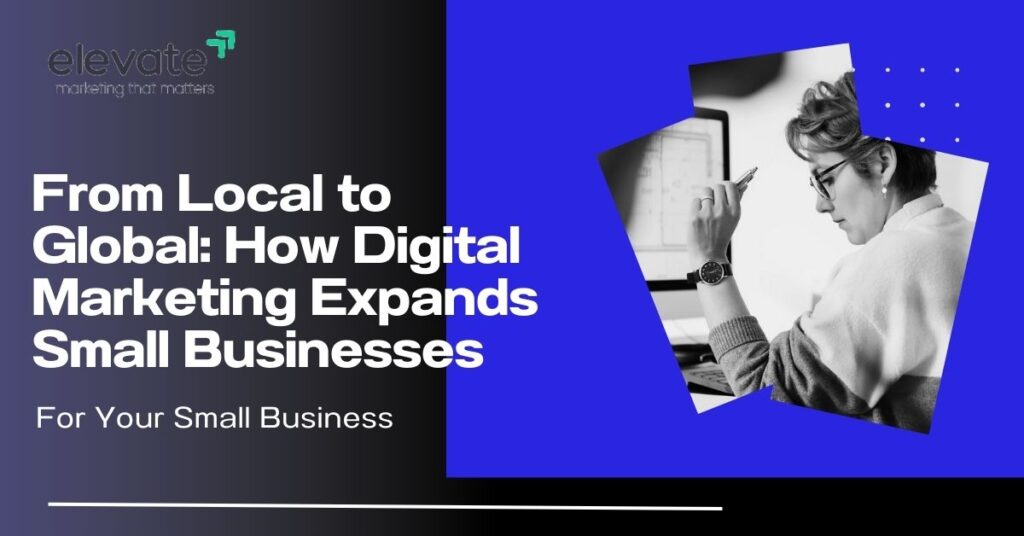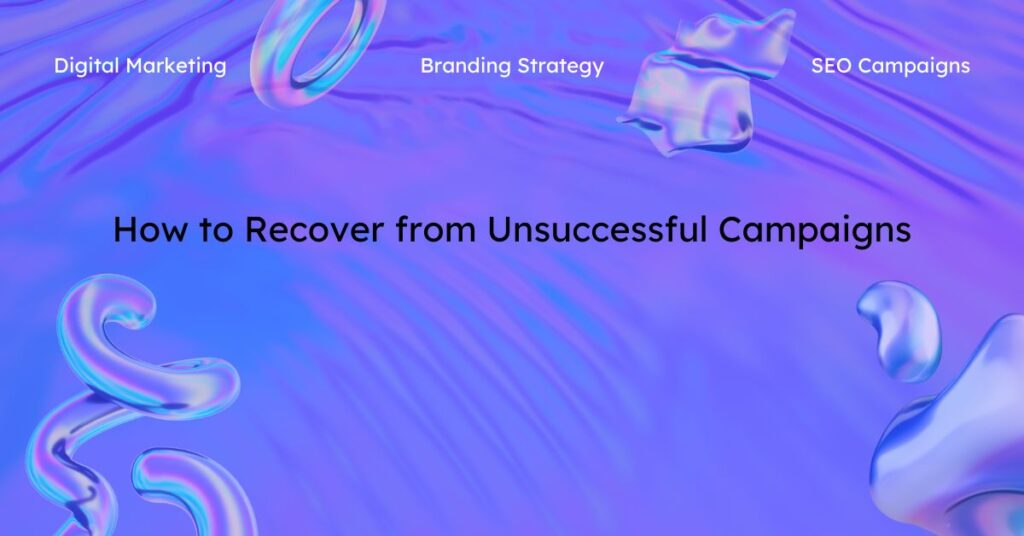Introduction
In today’s fast-paced, interconnected world, small businesses hold immense potential. However, scaling a business beyond local borders often feels like an uphill battle. This is where digital marketing steps in as a game-changer, enabling small businesses to connect with audiences worldwide. So, how does this transformation happen? Let’s dive into the power of digital marketing and its role in expanding small businesses from local to global players.
Digital Marketing Expands Small Businesses
Understanding Digital Marketing
Definition of Digital Marketing
Digital marketing encompasses all online strategies and tools used to promote products or services. From social media campaigns to email newsletters, it’s about leveraging the internet to connect with customers.
Importance of Digital Marketing in the Modern Era
Gone are the days when billboards and newspaper ads were enough. Today, customers spend hours online, researching, shopping, and interacting. Digital marketing helps businesses meet their audience where they are—on screens.
Challenges Faced by Small Businesses
Limited Resources and Competition
Small businesses often operate on tight budgets and face stiff competition from larger companies with extensive marketing resources.
Digital Marketing Expands Small Businesses
Traditional Marketing vs. Digital Marketing

While traditional marketing methods are often expensive and localized, digital marketing offers cost-effective solutions that can scale globally.
The Shift to Digital Marketing
Reasons Small Businesses Are Adopting Digital Strategies
- Broader audience reach
- Measurable results through analytics
- Enhanced customer engagement
Key Benefits of Going Digital
- Cost efficiency
- Instant communication
- Ability to personalize marketing efforts
Core Components of Digital Marketing
Search Engine Optimization (SEO)
Ranking high on search engines is crucial for visibility. With proper SEO, small businesses can attract organic traffic and establish credibility.
Social Media Marketing
Platforms like Instagram, Facebook, and LinkedIn allow businesses to engage directly with a global audience, build brand loyalty, and showcase their unique offerings.
Content Marketing
Through blogs, videos, and infographics, businesses can provide value to customers while subtly promoting their brand.
Email Marketing
Email campaigns are a powerful tool for maintaining relationships with customers, offering personalized deals, and sharing updates.
Pay-Per-Click Advertising (PPC)
PPC campaigns enable businesses to target specific demographics, ensuring their ads reach the right audience at the right time.
Building an Effective Digital Marketing Strategy
Defining Your Audience
Understanding your target market is crucial. Who are they? What do they want? The clearer the picture, the better your strategy.
Setting Clear Goals
Establish measurable objectives. Do you want more website traffic? Higher sales? Increased engagement?
Choosing the Right Platforms
Focus on the platforms where your audience is most active. For instance, Instagram is ideal for visual products, while LinkedIn suits B2B companies.
Leveraging Technology to Expand Globally
Tools and Platforms for International Reach
Platforms like Google Ads, Shopify, and HubSpot provide small businesses with tools to manage global campaigns effortlessly.
Automation and Analytics in Scaling Operations
Automation streamlines repetitive tasks, while analytics tools offer insights to optimize strategies.
Success Stories of Small Businesses Going Global
From a local bakery gaining international orders through Instagram to a craft store selling globally via Etsy, the success stories are endless. These businesses prove that with creativity and strategy, the world is truly your marketplace.
Measuring Success in Digital Marketing
Key Performance Indicators (KPIs) to Track
Metrics like website traffic, conversion rates, and customer engagement help determine the effectiveness of your campaigns.
Adjusting Strategies Based on Analytics
Digital marketing is dynamic. Regularly analyzing performance ensures continuous improvement and better ROI.
Overcoming Common Digital Marketing Mistakes
Avoiding Pitfalls for Small Businesses
From neglecting SEO to spreading resources too thin, small businesses must avoid these common errors.
How to Recover from Unsuccessful Campaigns

Evaluate what went wrong, tweak your approach, and try again. Learning from mistakes is key to long-term success.
The Future of Digital Marketing for Small Businesses
Emerging Trends and Technologies
AI-driven personalization, voice search optimization, and immersive content like AR are reshaping the digital marketing landscape.
How Small Businesses Can Stay Ahead of the Curve
Adopting new tools and continuously learning ensures you remain competitive in the ever-evolving digital space.
Conclusion
Digital marketing isn’t just a tool; it’s the lifeline for small businesses aiming to expand globally. By embracing these strategies, even the smallest local shop can connect with customers worldwide. The key? Start small, stay consistent, and let the digital world take your business to new heights.
Digital Marketing Expands Small Businesses
FAQs
- What is the most cost-effective digital marketing method for small businesses?
Content marketing and social media marketing offer great returns for minimal investment. - Can digital marketing work for businesses in rural areas?
Absolutely! With internet access, even rural businesses can connect with a global audience. - How long does it take to see results from digital marketing?
It depends on the strategy, but typically, SEO and content marketing show results in 3-6 months, while PPC can deliver immediate returns. - What budget should small businesses allocate for digital marketing?
Start small and scale as you see results. A percentage of revenue (e.g., 5-10%) is a good benchmark. - What are the risks of digital marketing, and how can they be mitigated?
Risks include overspending and poor targeting. Mitigate them by using analytics to refine your campaigns regularly.
Learn Moore https://prachi.xgreenmedia.com/
